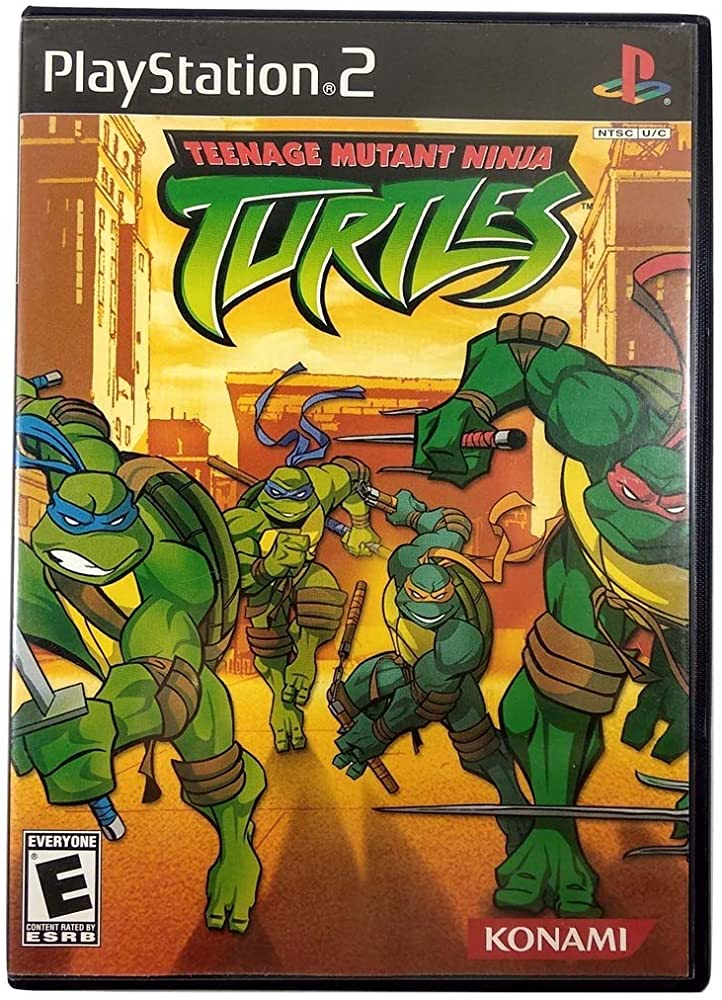Animation is a critical component of video game development to create immersion and engagement. This article explains the techniques involved and how they improve the quality of gameplay. The basics of animation include creating a series of frames to bring characters, objects, and environments to life. Keyframe animation is a common technique that involves defining start and end points and allowing the computer to fill in the frames for a smooth transition. Blend shapes are used to create complex facial expressions easily, while inverse kinematics calculates the movement and positioning of characters based on a mathematical algorithm. Finally, physics-based animation applies the laws of physics to create lifelike object interactions.
Mastering the Techniques of Animation for Video Games
Video games are a form of entertainment that has become increasingly popular over the years. They offer a unique experience that allows players to immerse themselves in a virtual world, where they can interact with characters and objects, complete tasks, and ultimately win the game. One key component of video games that draws players in and keeps them engaged is animation.
Animation is the process of creating movement and bringing characters and objects to life in video games. It is a complex art that requires skill, patience, and attention to detail. In this article, we will explore the techniques of animation for video games and how they are used to create immersive and engaging gameplay experiences.
The Basics of Animation
Before diving into the techniques of animation for video games, it is important to understand the basics of animation itself. Animation involves creating a series of images, often referred to as frames, that when played in succession, create the illusion of movement. In video games, animation is used to create the movement of characters, objects, and environments.
Animation is typically done using computer software, such as Autodesk Maya, Adobe Animate, or Toon Boom. These applications allow animators to create 3D models, rig them with joints and bones, and then manipulate them to create movement.
Keyframe Animation
Keyframe animation is one of the most common techniques used in video game animation. It involves creating a few key frames that define the start and end point of an animation, and then letting the computer fill in the rest of the frames to create a smooth transition between the two points.
For example, if an animator wanted to create the animation of a character jumping, they would create a key frame of the character standing still, then another key frame of the character in mid-air, and finally a key frame of the character landing on the ground. The computer would then fill in the frames between these key frames to create a smooth and realistic animation of the character jumping.
Blend Shapes
Blend shapes are another commonly used technique in video game animation. They involve using a series of predefined facial expressions, called targets, to create a range of emotions and expressions for characters.
For example, an animator might create targets for a character’s smile, frown, and raised eyebrows. They could then use these targets to create a range of facial expressions for the character, such as happiness, sadness, and surprise. Using blend shapes allows animators to quickly create complex facial expressions that would be difficult and time-consuming to create manually.
Inverse Kinematics
Inverse kinematics is a technique used to create realistic movement and positioning of characters and objects in video games. It involves creating a hierarchy of joints and bones, and then using mathematical algorithms to calculate the movement and positioning of the joints and bones based on the desired movement of a particular limb or object.
For example, if an animator wanted to create the animation of a character reaching for an object on a shelf, they would use inverse kinematics to calculate the movement and positioning of the character’s arm and hand based on the desired movement of the hand towards the object.
Physics-Based Animation
Physics-based animation is a technique used to create realistic movement and interactions between objects in video games. It involves applying the laws of physics, such as gravity, momentum, and friction, to objects in the game world.
For example, if an animator wanted to create the animation of a ball bouncing, they would use physics-based animation to calculate the trajectory and velocity of the ball as it bounces off the ground. This creates a more realistic and natural movement for the ball, making the gameplay experience more immersive and engaging.
Conclusion
Animation is a key component of video game development, and mastering the techniques of animation can greatly improve the quality and engagement of a video game. Keyframe animation, blend shapes, inverse kinematics, and physics-based animation are just a few of the techniques used by animators to create immersive and engaging gameplay experiences for players. By understanding these techniques and honing their skills, animators can create truly remarkable games that captivate audiences and leave a lasting impression.
